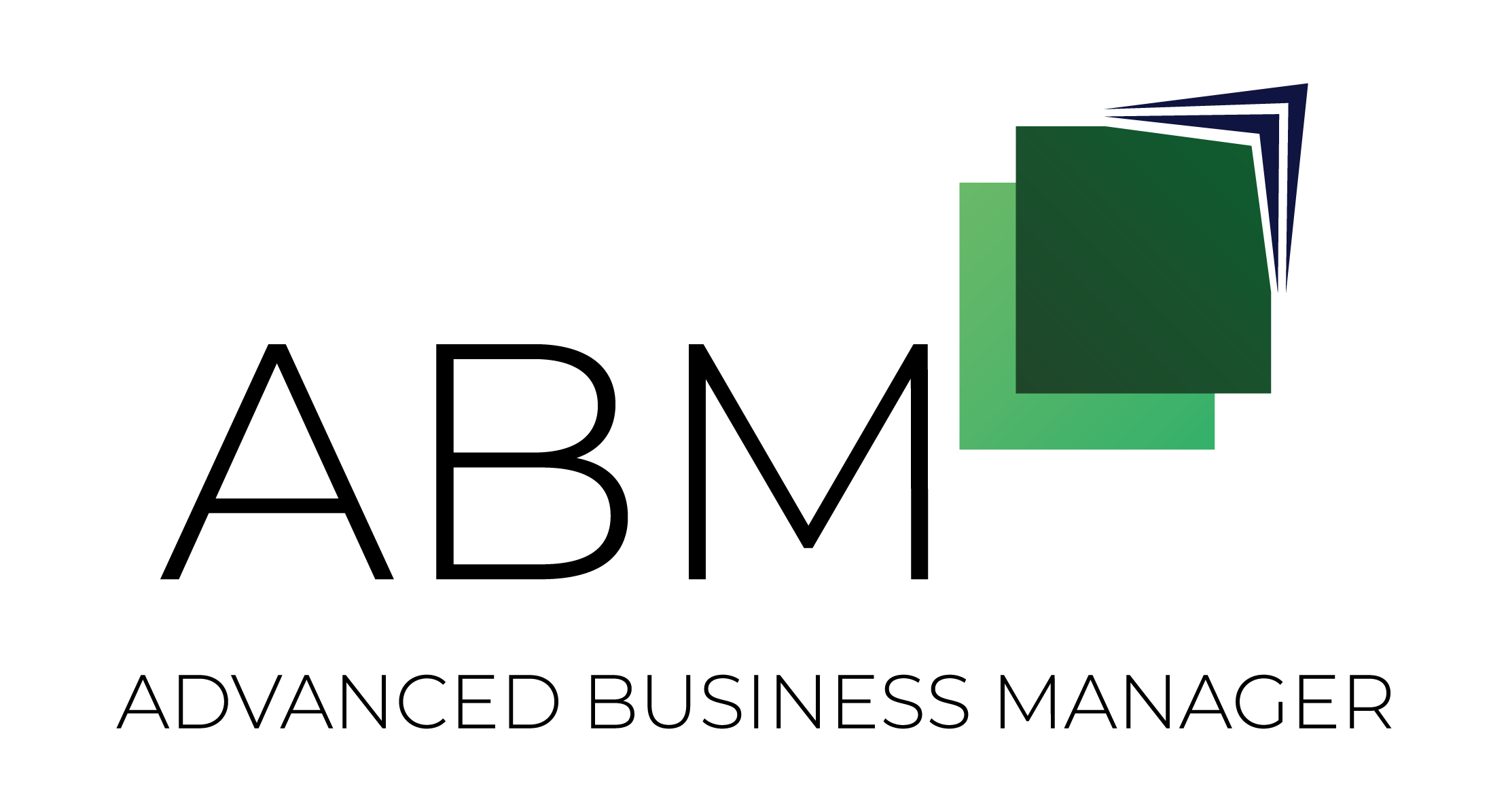For years the mining industry reigned supreme as a key cog in the Australian economy, but food production and manufacturing is set to take over.
From production to distribution and everything in-between, small and medium-sized business owners in the sector are experiencing sustained growth. Some of that success can be attributed to technological innovations that have allowed many companies to streamline operations and cut costs.
Taking stock of the market
The Australian Performance of Manufacturing Index continues to trend upward with strong support from the food sub-sector, according to data from AI Group. The index currently sits at 59.2 and has experienced growth for the last seven consecutive months. Wayne Driver, managing director for SMC, told Food and Beverage Industry News that this expansion isn’t just a blip on the radar.
Robotics and automation are becoming more popular in food production.
“…With the mining boom over, the area that is growing is food and packaging,” Driver said. “Food and packaging will continue to grow, because let’s face it, we all have to eat and while Australia only has a small domestic market, the majority of OEMs in ANZ can only grow their businesses by exporting.”
As is the case with many industries, companies are looking for advantages over competitors to gain a financial edge. This has led a number of organisations to look into technology like robotics or artificial intelligence, according to Food Processing Technology news.
A report from Infosys estimated the food manufacturing, production and distribution industries will be the most affected by the many technological revolutions being made. Companies quick to endorse and integrate artificial intelligence are expected to earn revenue increases of nearly 40 per cent by 2020, according to the study. But the innovations spawning increased growth don’t necessarily belong solely to the warehouse floor.

Streamline back-end operations
Small and medium-sized companies around the world are quickly gravitating towards business management software because of its ability to automate certain manual functions. Roughly 65 per cent of organisations in the U.S., for example, already use accounting software to handle day-to-day financial transactions, Forbes reported. This practise likely extends to Australian companies as well.
Business accounting software is becoming increasingly popular for a couple of reasons. The Forbes article estimated small business owners spend roughly four hours per day online managing their company – a significant amount of time. They can gain some of that back by automating tasks like bookkeeping, asset management and time sheet tracking.
Business accounting software can automate bookkeeping without chance of error.
With the right platform, owners can extend that technological innovation to other aspects of their business. Some business management softwares offer organisations the option to attach modules, which helps to integrate financial information with, say, structured stock software.
The key to receiving any type of competitive advantage from adopting this strategy is to track all aspects of the operation within one digital platform. Otherwise, managers will have to log in and out to obtain data – this defeats the purpose of streamlining back-end operations, and could actually hurt productivity in the process.
With the food manufacturing, production and distribution industries growing rapidly, leveraging digital technology will become vital to keeping up with the unprecedented rate of expansion. With that prosperity comes more orders, clients and employees to manage. Modern software can effortlessly link warehouse floor operations to bookkeeping, meaning it’s never been easier for small and medium-sized businesses to handle whatever is thrown their way.
There’s no sign of slowed growth, as the last index contraction came nearly one year ago, according to the Australian Broadcasting Corporation. Swap manual processes for automation by contacting an Advanced Business Manager representative today.







